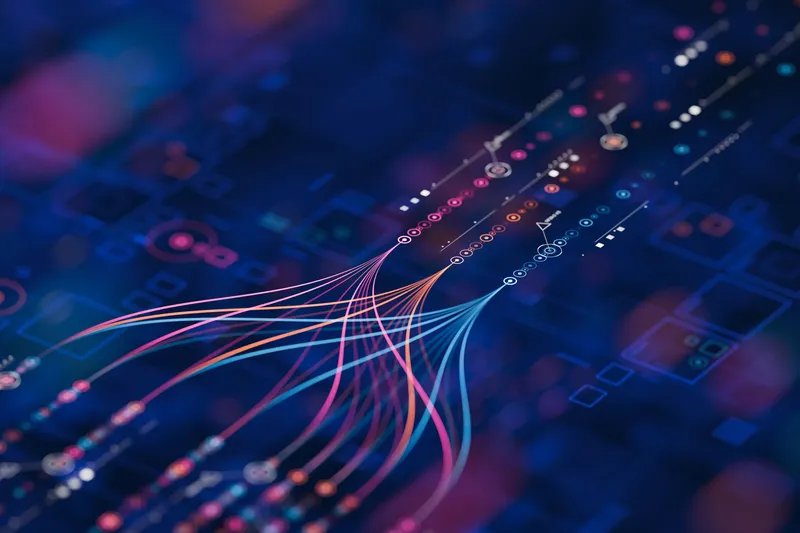Digital Twin Simulation refers to a key concept in modern AI and data science. It enables systems to perform tasks more efficiently and with greater intelligence. This makes it foundational to many emerging technologies.
This concept plays a pivotal role in shaping how modern AI systems are designed, deployed, and managed within enterprises. It encompasses not only the technical foundations of artificial intelligence but also the frameworks, governance structures, and strategic methodologies required to ensure reliability, efficiency, and scalability across diverse operational environments. Organizations increasingly depend on these principles to align AI initiatives with business objectives, reduce uncertainty, and maintain consistent performance across data-driven workflows.
Beyond its strategic impact, this term touches on critical dimensions such as regulatory compliance, ethical considerations, cybersecurity, risk modeling, and human AI interaction. As AI solutions become more integrated into core business functions, from automation and analytics to customer experience and decision-support systems, understanding this concept is essential for ensuring responsible innovation. By adopting best practices associated with this area, businesses can enhance transparency, safeguard data, improve system resilience, and harness AI in a way that maximizes long-term value.
As industries continue to accelerate their adoption of AI technologies, this concept will only grow in importance. Leaders and teams who develop expertise in this domain are better equipped to anticipate risks, implement effective safeguards, design high?performing AI architectures, and build sustainable, future?ready digital ecosystems that support innovation at scale.
Digital Twin Simulation matters because it directly impacts how businesses automate processes, improve decision-making, and scale operations. It helps industries reduce manual workloads and enhance overall productivity.
Digital Twin Simulation represents a fundamental technology in contemporary AI systems, enabling machines to process information and learn from patterns. Its importance has surged as businesses seek to automate complex decision-making and enhance digital capabilities.
Non-technical teams leverage Digital Twin Simulation to accelerate decision-making, deliver customized experiences, and eliminate repetitive manual processes such as data manipulation and reporting. The focus is on empowering employees rather than displacing them.
Robust data infrastructure, well-defined business objectives, and fundamental oversight frameworks typically outweigh sophisticated algorithms in importance. Beginning with limited-scope experiments enables validation that Digital Twin Simulation integrates with your information assets, operational procedures, and compliance requirements.

Digital Twin (For AI + Simulation Use) refers to a key concept in modern AI and data science.

Digital Workplace refers to a key concept in modern AI and data science.

Breach & Attack Simulation (BAS) refers to a key concept in modern AI and data science. It enables systems to perform tasks more efficiently and with gr...